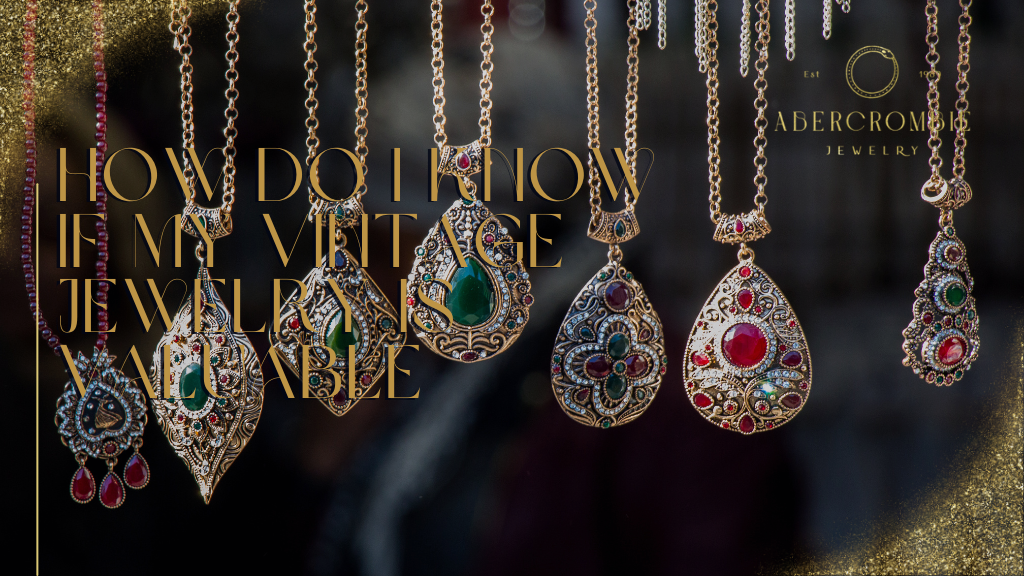How do I know if my vintage jewelry is valuable? This is one of the most asked questions in the jewelry business, and the answer can be a little complex. Other than having a professional jewelry valuation carried out on a piece, there are some ways to gauge whether or not vintage jewelry is worth something. If you have vintage earrings, bracelets, rings, or any other pieces sitting in your jewelry box collecting dust that you are considering selling, the following tips by Abercrombie Jewelry can help you determine if they are valuable.
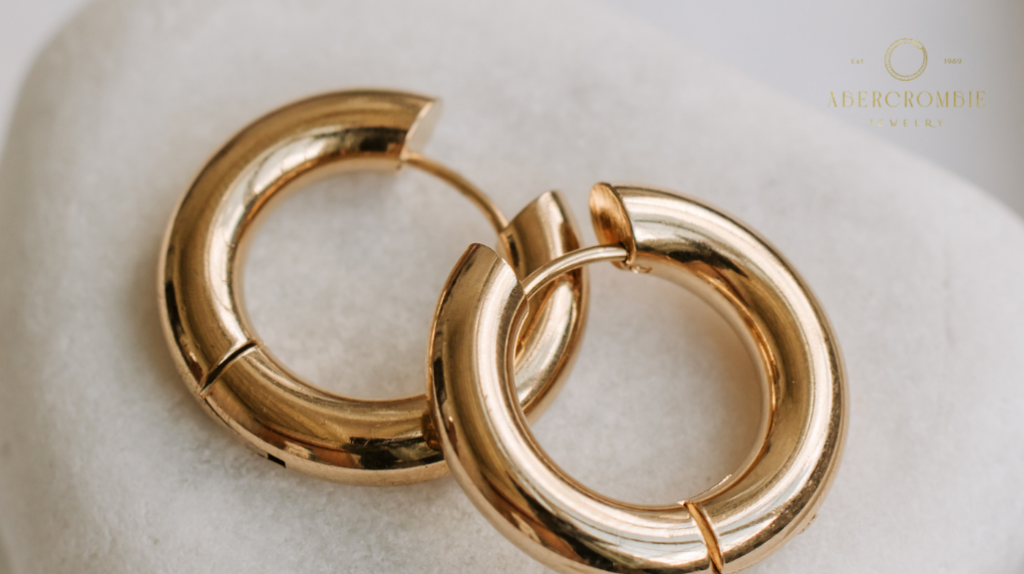
How Do You Evaluate Vintage Jewelry?
There are five core factors used to evaluate vintage jewelry pieces when you take them for an appraisal.
Ages
Generally speaking, older jewelry is worth more.
The Era
Some eras and historical periods are more desirable than others- either because of the styles crafted at that time or noteworthy events.
Precious Metals and Gemstones Used
Expensive materials such as solid gold, a real diamond, platinum, and other precious gemstones make a piece of jewelry more valuable. The metal content and weight also play a part in determining the price.
Rarity
Rare pieces are also worth more. Mass-produced items that are easy to find generally have a reduced valuation.
Current Condition
Regardless of how fine or old a piece is, it won’t be worth as much if it is in poor condition.
Vintage Fine Jewelry VS Vintage Costume Jewelry
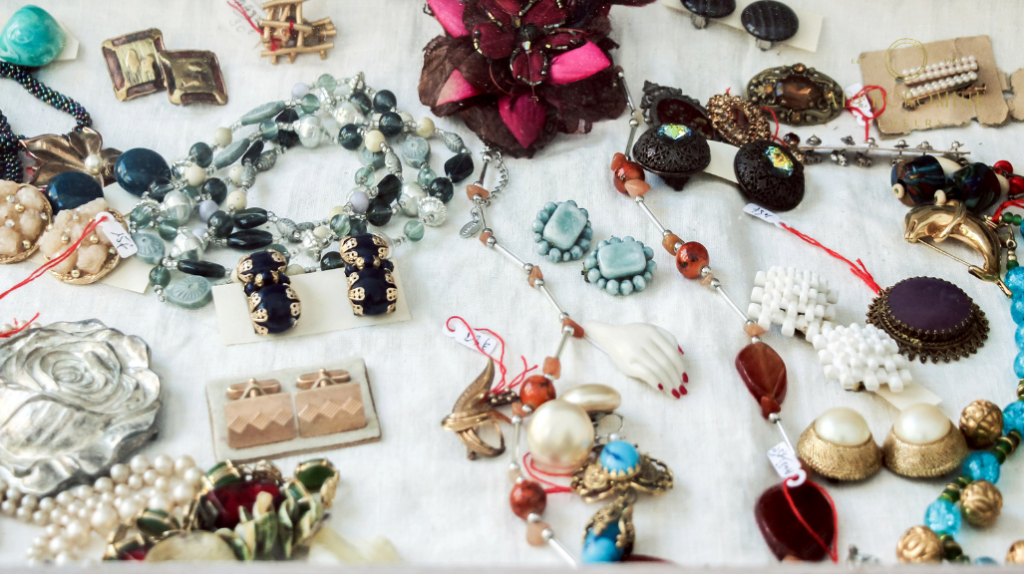
Not all vintage jewelry pieces are valuable. Fine jewelry is high-quality jewelry made using expensive materials and real precious gemstones- and usually has more intricate and impressive craftsmanship. Vintage costume jewelry uses cheaper materials and is more likely to be mass-produced- and, therefore, worth less.
Five Steps to Check if Your Vintage Jewelry is Valuable
The question is, how can you tell the difference before you take it to a buyer? Here are five simple things you can do at home to get a better idea of how much your vintage jewelry is worth.
1: Look for Hallmarks
Hallmarks tell you whether or not metal is genuine gold, sterling silver, or another precious metal. If you spot one, you can be certain that the jewelry is made using fine materials. Those that have no hallmark are likely to be costume jewelry. That said, antique jewelry pieces that were made more than 100 years ago will not have a hallmark as they weren’t used that long ago. In this case, gauge the weight. Real gold is heavier than cheap metals, so it may be worth testing it in other ways if you are convinced it is valuable.
2: Examine the Stones and Settings
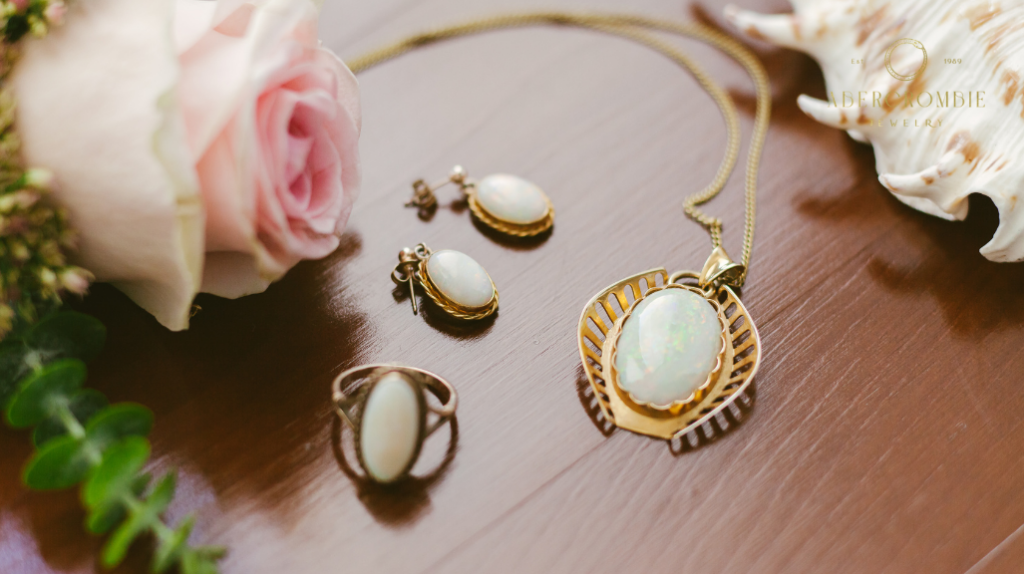
Vintage jewelry may use fake or real gemstones. Of course, necklaces, earrings, or other pieces with a genuine precious gem are far more valuable than those without. There are many ways to differentiate between a real and fake diamond just by looking at the stone- but there are other indicators. The stone’s setting and prongs can tell you a lot. Fake stones are usually glued in, while real stones will be set more securely using prongs.
3: Check the Clasp
It might seem like an insignificant detail, but the clasp style can tell you more about the era- and the value. Box and ring clasps were popular in several vintage periods, while lobster clasps are much more modern.
4: Research the Style
Specific eras have easily identifiable designs. It helps to research classic aesthetics and fashion trends from different decades- including color, shape, metal choice, extravagance, cut, and setting.
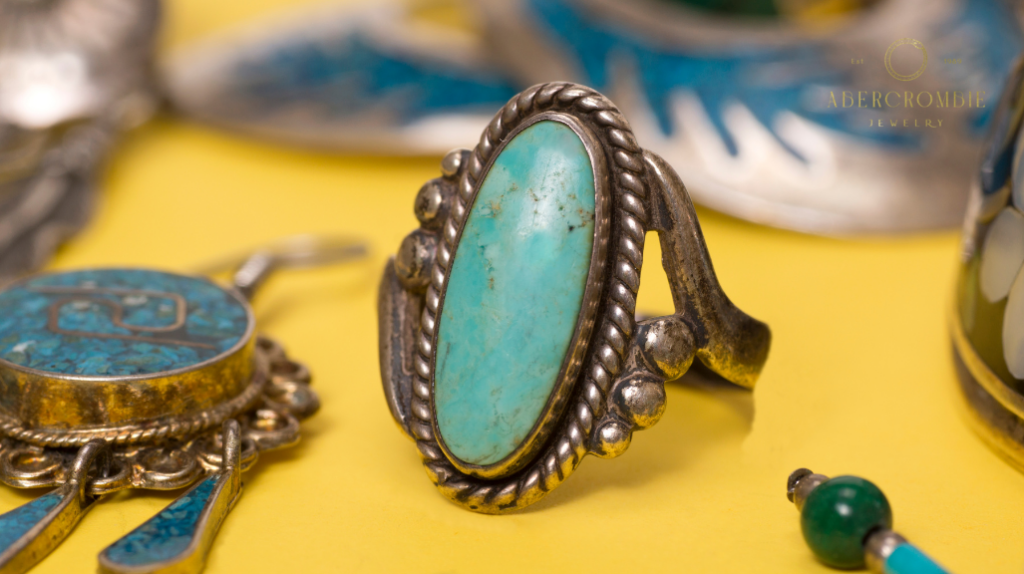
5: Track Down any Paperwork
Many older pieces come with documentation that authenticates their background- including stone certifications, designer, and sale history. If you can find any such paperwork to go with your jewelry, it could help you confirm the value.
Buy and Sell Beautiful Fine Jewelry with Abercrombie Jewelry
Working out the monetary value of any piece of jewelry can be complex without the help of an expert, but this guide gives you a good place to start. Contact Abercrombie Jewelry for more information about appraisals and selling your vintage jewelry at the best price.
Learn more: How to Sell Jewelry: A Comprehensive Guide to Success

